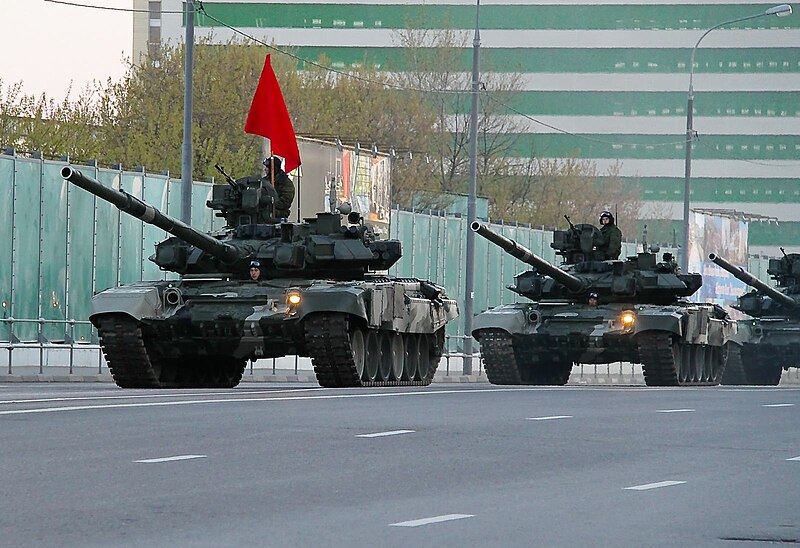
Russia's lower house of parliament passed a significant change in conscription laws, raising the maximum age for military service from 27 to 30. This move aims to increase the number of men
available to serve in the armed forces as Russia seeks to bolster its troop numbers to defend the territory it gained during its invasion of Ukraine last year.
The new law, which was passed on Tuesday, is perceived as an indicator of potential major conflict, according to Andrei Kartapolov, head of the Russian parliament's defense committee. He expressed concerns about too many people evading military service and emphasized the need to fill the ranks.
Men of conscription age in Russia are typically expected to serve a mandatory one-year term in the military. However, the Defense Ministry has been reluctant to disclose the extent of casualties sustained during nearly a year-and-a-half of fighting.
Last autumn, the Russian government initiated a mobilization of 300,000 reservists, leading to tens of thousands of men leaving the country.
In addition to the conscription age extension, Russia raised the maximum age at which reservists can be called up, potentially considering some men available for military service until they reach 55 years old.
The conscription bill passed in the State Duma's second and third readings and is expected to be approved by the upper house and President Vladimir Putin, with its implementation slated for January 1, next year.
This measure expands on the original proposal by the Defense Ministry, which suggested changing the conscription age range from 18-27 to 21-30, while the lower age limit remains at 18.
The new draft law also imposes stricter regulations, prohibiting men from leaving the country from the day of their call-up. Additionally, conscription papers can now be issued online instead of in person since April.
Furthermore, men who fail to report for conscription will face significantly increased fines of up to 30,000 roubles ($332). Photo by Vitaliy Ragulin, Wikimedia commons.







































